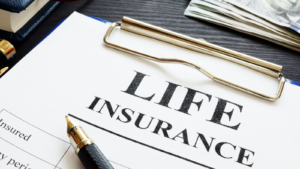An emergency fund is a savings account that you use to cover unexpected expenses, like a medical bill or repairs for your car. An emergency fund is important because it gives you a cushion to fall back on when unexpected expenses come up. If you don’t have an emergency fund, you may have to put these expenses on a credit card, which can lead to debt.
How much should I save?
Ideally, you should save enough to cover three to six months of living expenses. This may seem like a lot, but it’s important to have a buffer in case of a job loss or other financial setback. Start by saving $1,000, then work your way up to three to six months of living expenses.
Where do I put my emergency fund?
Your emergency fund should be in a savings account so you can withdraw the money if you need it. Many banks offer high-yield savings accounts that offer higher interest rates than regular savings accounts. This means your money will grow faster over time.

How do I build an emergency fund?
If you’re starting from scratch, don’t try to save three to six months of living expenses all at once. It’s unrealistic and you’ll likely get discouraged and give up. Instead, start small and focus on saving $1,000 first. Once you’ve reached that goal, you can start working your way up to three to six months of living expenses. To reach your goal quicker, set up automatic transfers from your checking account to your savings account each month. This way, you’ll save without even thinking about it.
Conclusion
An emergency fund is a critical part of your financial security net. It can help you avoid going into debt if an unexpected expense comes up. Start by saving $1,000, then work your way up to three to six months of living expenses. Your emergency fund should be in a high-yield savings account so it grows over time. Set up automatic transfers from your checking account to your savings account each month to make saving easier.




Responses